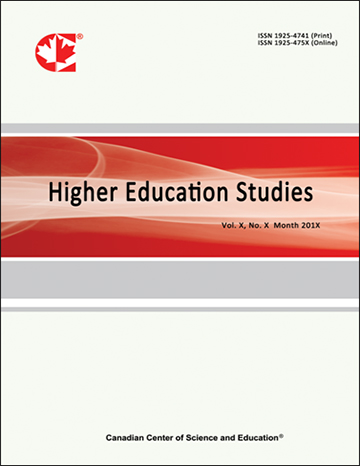Evaluation of Age-Gene Correlation and the Association with Hypertriglyceridemia Using Adiponectin Receptor Single Nucleotide Polymorphism: A Potential Genetic Screening to Lower Risk of Vascular Disease in Young Asian Males
- William C. W. Huang
- Yi-MeiJoy Lin
- Ching Che J. Chiu
- Chia-Huei Chiu
- Fu-Sheng Chang
Abstract
Purpose: This study was to investigate whether there is an age dependent effect on the association between ADIPPOR1 SNP and hypertriglyceridemia for each gender.
Materials and Methods: 116 individuals aged 20 and above who claimed to be healthy were enrolled and grouped into male and female populations. Blood samples were taken to determine hypertriglyceridemia and genomic variants. Sample t-tests were performed for basic comparison. To ascertain the contribution of genetic variants and age to lipid metabolism, a multivariate logistic regression analysis was conducted to identify the correlates for hypertriglyceridemia adjusting for life styles.
Results: For males, individuals with hypertriglyceridemia tended to be younger (p-value=0.02), less stressed (0.05), and have a higher proportion of ADIPOR1 minor allele carriers (0.03). However, no significant differences were found in age, stress, diet, and genetic variances in females. In regression analysis, males showed age-gene correlation with 1.5 times higher detection of hypertriglyceridemia risk when both factors were considered. In contrast, females showed no correlation between age-gene. In addition, age was positively associated with hypertriglyceridemia in females while males showed an inverse association.
Conclusion: Our findings presented data that suggests age may be a contributing factor to the association between ADIPOR1 and hypertriglyceridemia in males while age showed a significant inverse association with hypertriglyceridemia. Thus, age-gene correlation may be implied during primary practice to encourage lifestyle adjustments by screening for ADIPOR1 SNP minor allele carriers to prevent cerebrovascular disease in males.
- Full Text:
 PDF
PDF
- DOI:10.5539/hes.v7n2p61
Index
- AcademicKeys
- CNKI Scholar
- Education Resources Information Center (ERIC)
- Elektronische Zeitschriftenbibliothek (EZB)
- EuroPub Database
- Excellence in Research for Australia (ERA)
- Google Scholar
- InfoBase
- JournalSeek
- Mendeley
- Open Access Journals Search Engine(OAJSE)
- Open policy finder
- Scilit
- Ulrich's
- WorldCat
Contact
- Sherry LinEditorial Assistant
- hes@ccsenet.org
